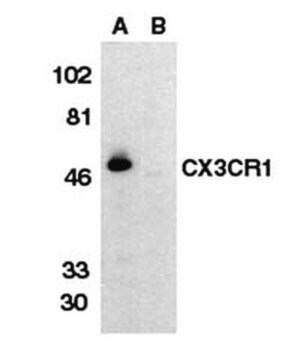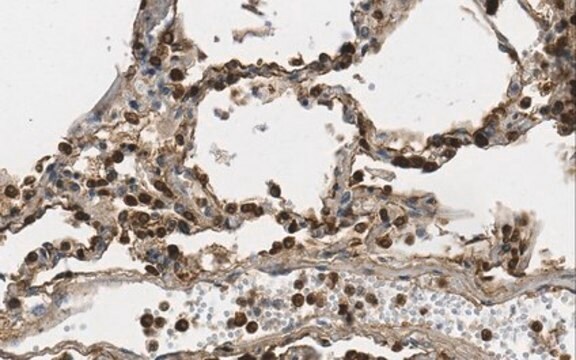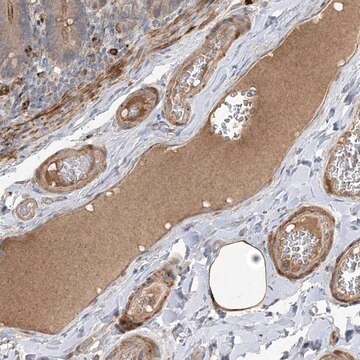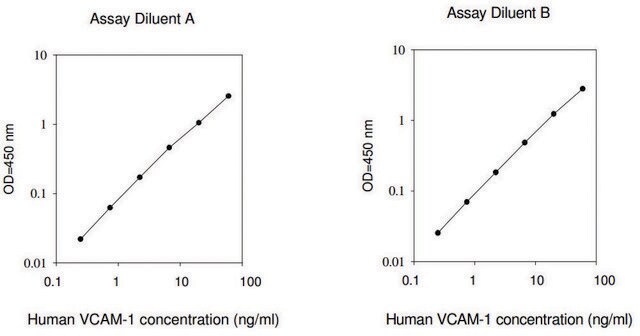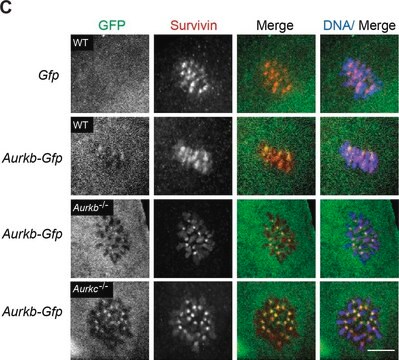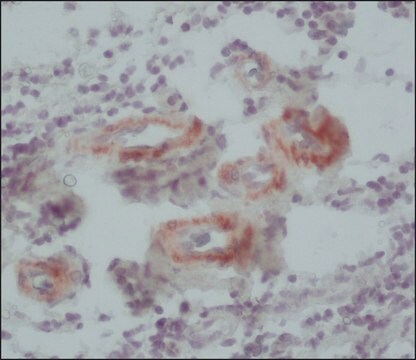MAB5328
Anti-RAGE Antibody, clone DD/A11 or A11
Chemicon®, from mouse
Synonym(e):
Receptor for Advanced Glycosylation End Products.
About This Item
Empfohlene Produkte
Biologische Quelle
mouse
Qualitätsniveau
Antikörperform
purified antibody
Antikörper-Produkttyp
primary antibodies
Klon
DD/A11, monoclonal
mAbA11, monoclonal
Speziesreaktivität
human, bovine, mouse
Speziesreaktivität (Voraussage durch Homologie)
rat
Hersteller/Markenname
Chemicon®
Methode(n)
ELISA: suitable
immunocytochemistry: suitable
immunohistochemistry: suitable
western blot: suitable
Isotyp
IgG2a
NCBI-Hinterlegungsnummer
UniProt-Hinterlegungsnummer
Versandbedingung
wet ice
Posttranslationale Modifikation Target
glycosylation
Angaben zum Gen
human ... AGER(177)
Allgemeine Beschreibung
Spezifität
Immunogen
Anwendung
A previous lot of this antibody was shown to be reactive on paraffin embedded tissue sections.
Immunocytochemistry:
A previous lot was shown to work on cells fixed with ice cold acetone using a Cy3 conjugated secondary antibody.
ELISA:
A previous lot was shown to work on direct ELISA.
Immunoblotting:
Recognizes a band of ~48kDa in bovine lung extract.
Optimal working dilutions must be determined by end user.
Qualität
Western Blot:
1:500 dilution of this lot detected RAGE on 10 μg of Mouse Brain lysates.
Zielbeschreibung
Physikalische Form
Hinweis zur Analyse
Lung tissue, mouse brain lysate.
Sonstige Hinweise
Rechtliche Hinweise
Sie haben nicht das passende Produkt gefunden?
Probieren Sie unser Produkt-Auswahlhilfe. aus.
Lagerklassenschlüssel
10 - Combustible liquids
WGK
WGK 2
Flammpunkt (°F)
Not applicable
Flammpunkt (°C)
Not applicable
Analysenzertifikate (COA)
Suchen Sie nach Analysenzertifikate (COA), indem Sie die Lot-/Chargennummer des Produkts eingeben. Lot- und Chargennummern sind auf dem Produktetikett hinter den Wörtern ‘Lot’ oder ‘Batch’ (Lot oder Charge) zu finden.
Besitzen Sie dieses Produkt bereits?
In der Dokumentenbibliothek finden Sie die Dokumentation zu den Produkten, die Sie kürzlich erworben haben.
Unser Team von Wissenschaftlern verfügt über Erfahrung in allen Forschungsbereichen einschließlich Life Science, Materialwissenschaften, chemischer Synthese, Chromatographie, Analytik und vielen mehr..
Setzen Sie sich mit dem technischen Dienst in Verbindung.